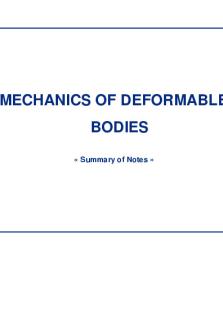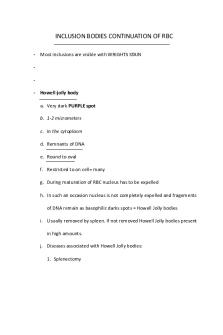Acceleration of Freely Falling Bodies PDF

| Title | Acceleration of Freely Falling Bodies |
|---|---|
| Course | College Phy Lab I |
| Institution | University of Miami |
| Pages | 7 |
| File Size | 899.3 KB |
| File Type | |
| Total Downloads | 119 |
| Total Views | 154 |
Summary
Lab report...
Description
Page !1 of !7
Acceleration of Freely Falling Bodies Purpose: To measure the gravitational acceleration “g” by directly observing a freely falling body. Theory: Acceleration due to gravity is the acceleration gained by an object due to gravitational force. For example, when an object falls towards the ground from a height, the object’s velocity changes. This change in velocity produces acceleration in the object. This is denoted by the letter “g”. The value of acceleration due to gravity is g = 9.8m/s2. The concept of acceleration due to gravity is explained further in the lab using a free fall body. A free fall motion involves dropping an object that is acted on gravity only. Acceleration is defined as the change in velocity divided by the change in time. The images below show the derivation of the the equations.
Image 1: Derivation of equation 1.
Page !2 of !7
Image 2: Derivation of equation 2. Apparatus: • Bob • Meter stick • Tape • Ruler • A piece of cardboard.
Page !3 of !7
Data Table:
Page !4 of !7 Graph 1:
Page !5 of !7 Graph 2:
Page !6 of !7
Results: From the graph 2, g = 1530.77 cm/s2 and v0 = 0. The error with the ideal value calculation is shown below. The error is 56.04%.
Image 3: Error calculation
Discussion: Errors in the experiment could have resulted due to many sources. A human error could be made while starting the video recording when the mass falls. The reaction time to observe the bob falling while starting the video recording could play as an error. A possible solution to improve the accuracy for this error could be to take more than one trial. Another example of an error could be parallax error while measuring the length of the distance the bob is at with the measuring tape. An error could have also been caused due to the bobs travel speed. It increases to a value which may interfere with the recording speed of the camera. This may cause the bob to appear blurry. If this occurs, to try to be accurate, we can estimate the middle of the blurred image. Taking the estimation values of the bob at various positions if blurred can lead to errors as well.
Page !7 of !7
The graph #1 above is an exponential curve due to the position of the bob versus the time graph. The slope will have the same characteristics that the velocity does. For example if the velocity is constant, then the slope will be constant which will give us a straight line. However, in graph #2 shows a curved line because the velocity is changing, hence slope is changing. If the velocity is positive, the slope will also be positive.
The method can be used to determine “g”, however there may be many human errors involved using this method mentioned above....
Similar Free PDFs

2. The Law of Falling Bodies
- 1 Pages

Equilibrium of Rigid Bodies
- 27 Pages

Mechanics of Deformable Bodies
- 16 Pages

F2; Stability of Floating Bodies
- 10 Pages

Falling ball 121212
- 2 Pages

Trevor Daniel - Falling Chords
- 2 Pages

Falling Film Evaporator.docx
- 23 Pages
Popular Institutions
- Tinajero National High School - Annex
- Politeknik Caltex Riau
- Yokohama City University
- SGT University
- University of Al-Qadisiyah
- Divine Word College of Vigan
- Techniek College Rotterdam
- Universidade de Santiago
- Universiti Teknologi MARA Cawangan Johor Kampus Pasir Gudang
- Poltekkes Kemenkes Yogyakarta
- Baguio City National High School
- Colegio san marcos
- preparatoria uno
- Centro de Bachillerato Tecnológico Industrial y de Servicios No. 107
- Dalian Maritime University
- Quang Trung Secondary School
- Colegio Tecnológico en Informática
- Corporación Regional de Educación Superior
- Grupo CEDVA
- Dar Al Uloom University
- Centro de Estudios Preuniversitarios de la Universidad Nacional de Ingeniería
- 上智大学
- Aakash International School, Nuna Majara
- San Felipe Neri Catholic School
- Kang Chiao International School - New Taipei City
- Misamis Occidental National High School
- Institución Educativa Escuela Normal Juan Ladrilleros
- Kolehiyo ng Pantukan
- Batanes State College
- Instituto Continental
- Sekolah Menengah Kejuruan Kesehatan Kaltara (Tarakan)
- Colegio de La Inmaculada Concepcion - Cebu








